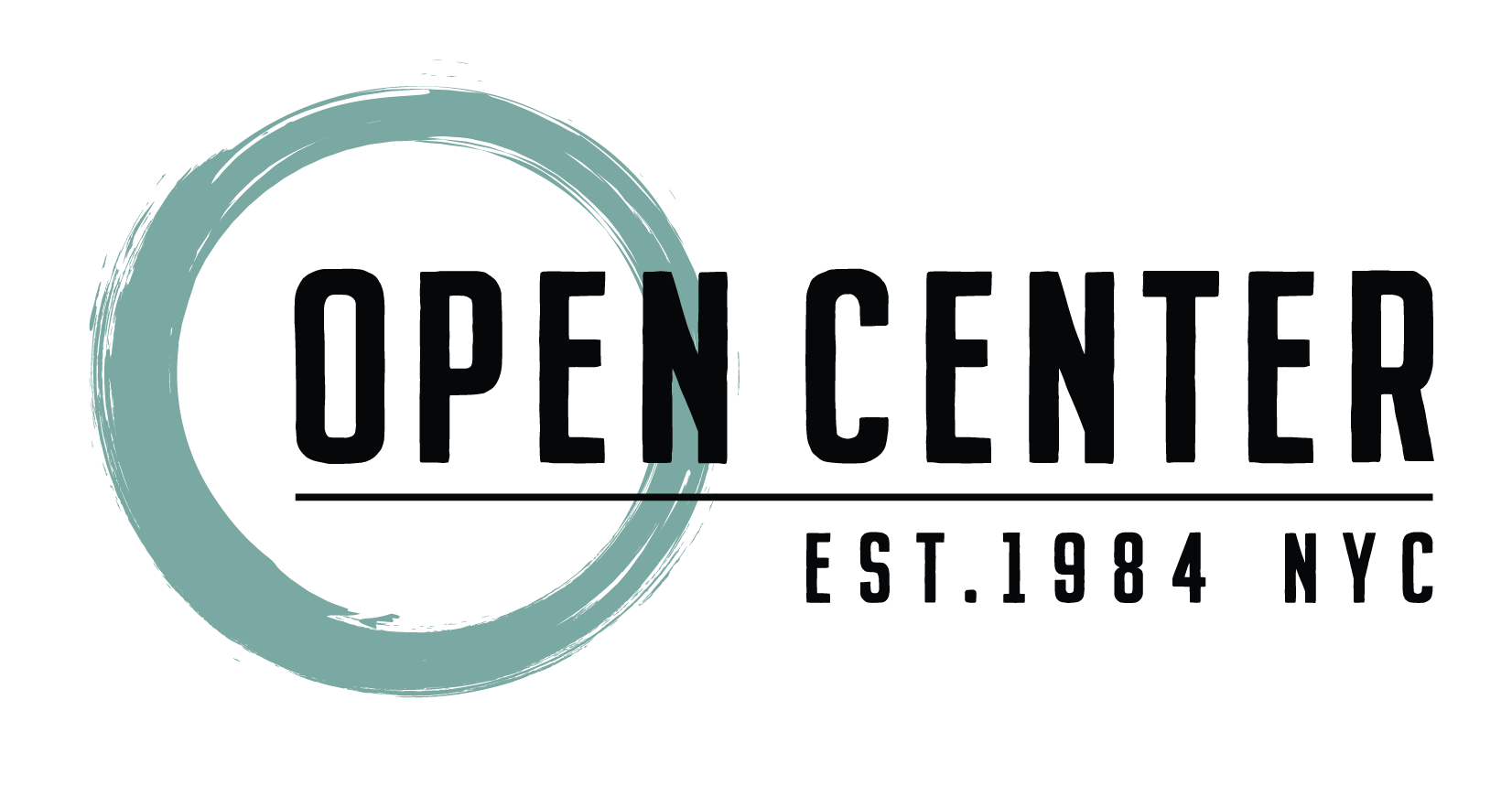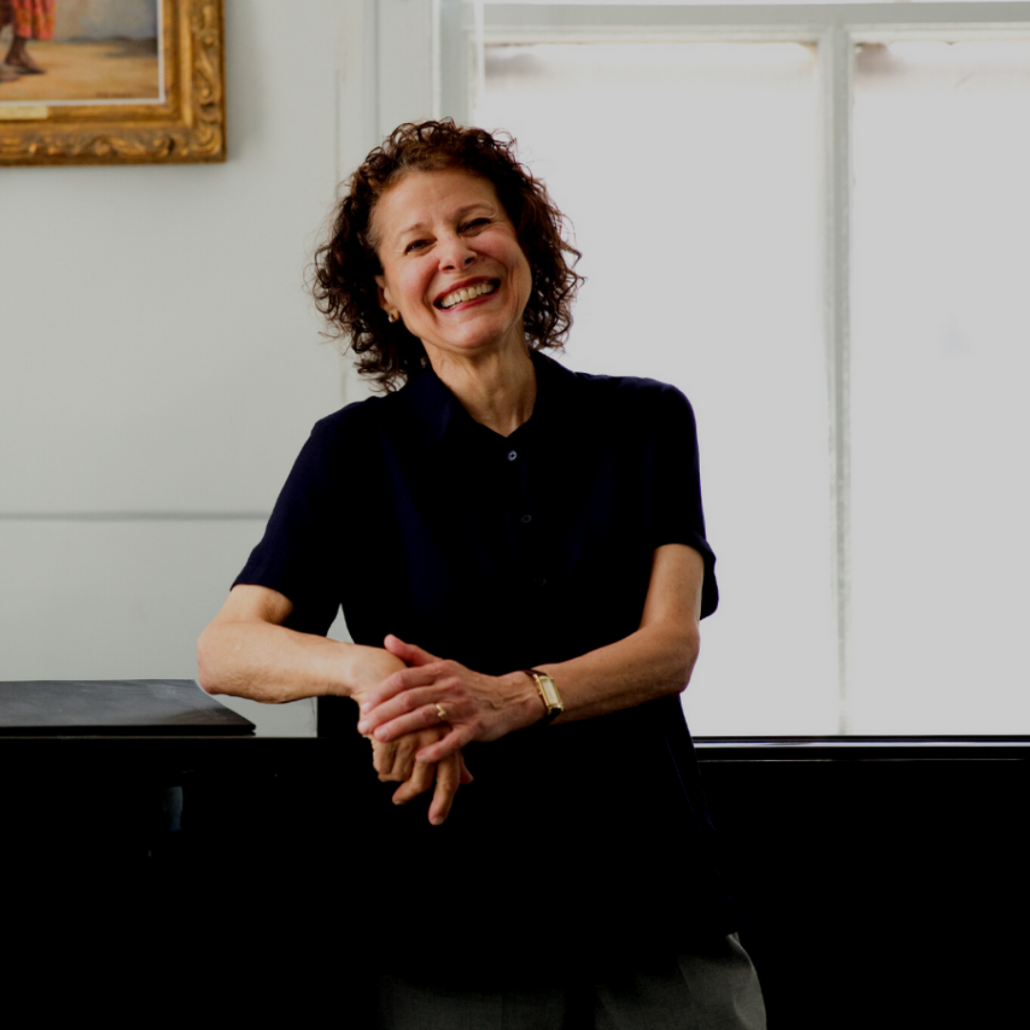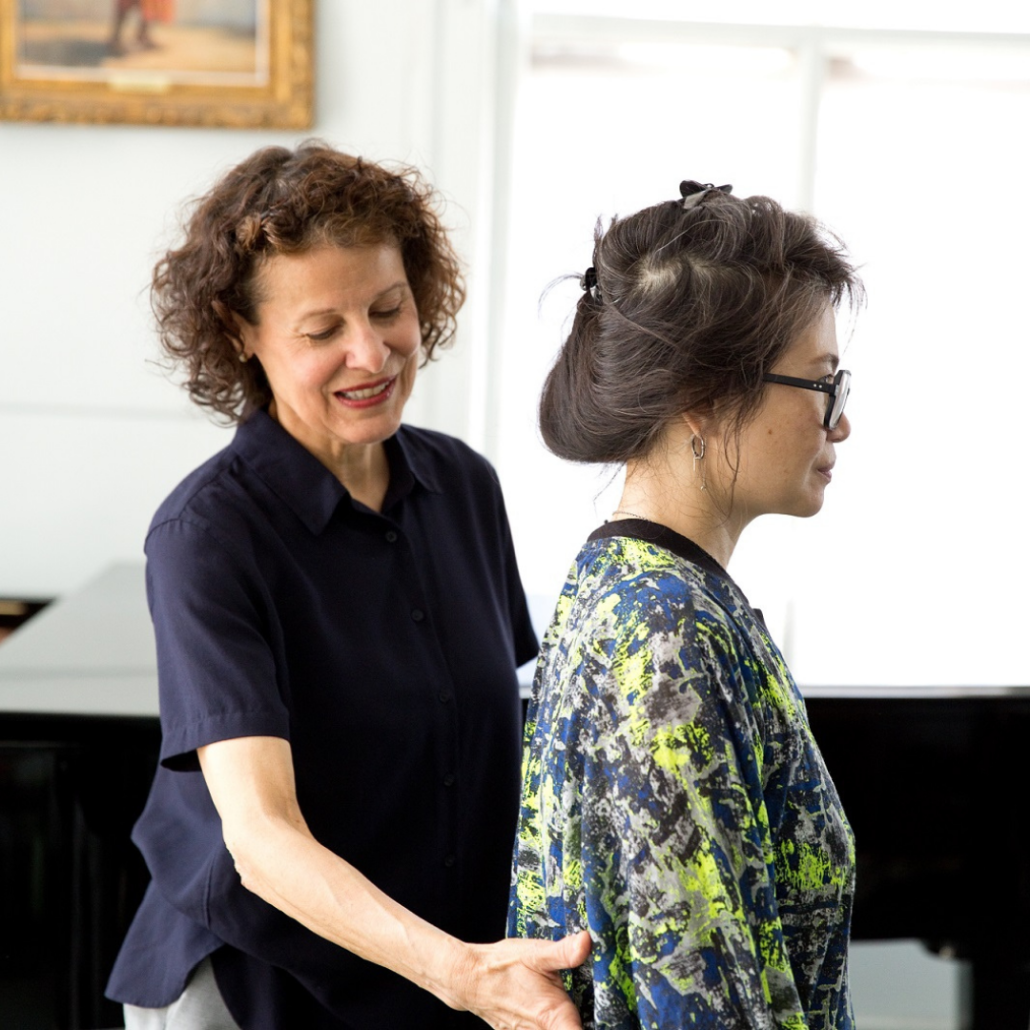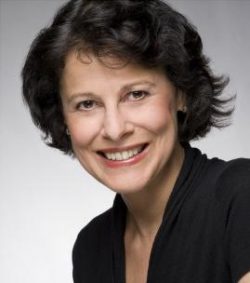In her autobiography, “The Inner Voice,” the great American soprano Renee Fleming wonders how she can possibly describe to her readers what it means to sing, because, she writes, it is “mostly unconscious.”
She is right. Singing, and our vocal production, rely on an exquisite psychological and physical coordination—an alignment of the inner muscles of the body, and a mind that is creative and open, improvisatory and allowing. Both work in harmony to connect us to our coordination and more profoundly, the essence of our being. This is the starting point for all work in the arts, breathing and the Alexander Technique (Full disclosure: I have been a teacher of the Technique for 30 years and a student for 40). We so often work on the wrong end of the spectrum. We try to “fix” our posture, fix our voices or even psychoanalyze what we feel is holding us back from fully expressing ourselves. But there truly is nothing we need to fix. The freedom we so long for already exists in us, and it is our job to get out of our way in order for the brilliance of our coordination to manifest. The work that we do together in Awakening Your True Voice gives you tools for a lifetime of exploration to help you open and free and gain strength in your body and voice.
In every class I teach, I start by explaining a bit about the anatomy and physiology of the inner muscular structure of the body. Deep within our trunk lie the psoas muscles. The psoas muscles intersect with the diaphragm at the solar plexus and form a dynamic synergy. These are involuntary muscles, which means that they are not under our conscious control. They “whisper” to us. We “intuit” them. I often tell students that there is a inner physical structure to their creativity and that our work in class is to bring that to consciousness. The psoas muscles are our “emotional response” muscles and they communicate eloquently to our diaphragm. Are you beginning to appreciate that singing is not something we “do” from our heads and throats? Perhaps I can help you understand this further by using my own singing and performance as an example.
In the early years of my career, I thought, like most beginning singers, that singing was something I needed to “do,” and certainly do right. I tried to “put” emotion into my singing—to emote—but that was neither freeing nor satisfying for me…or my audience. It was much more egocentric, but when you are young, it is bound to be so. As the years passed, and I grew both in my art and my understanding of breathing and body, I was able to let go of trying so hard; this allowed me to enter into a relationship with music. Now when I sing, my psoas muscles enliven, which in turn communicate to my diaphragm, and in the creative genius which is the human body, my diaphragm sustains a certain amount of air pressure in the lungs to vibrate my vocal cords. What an audience hears in my voice/sound is how I am living the music, and they are able to live music with me. All of this is what Renee Fleming means when she said it is “mostly unconscious.” “Singing” is a result of this great synergy between the psoas muscles and the diaphragm. It is this synergy that forms the physical and breath support for your body and voice and frees you and your imagination to produce voice. It is a great feeling to feel music flow through you. You feel totally energized and your audience does too. You also feel free, and your mind is present and focused on the music and not on the idea of singing. As the great Italian singing teacher Francesco Lamperti (1813-1892) wrote, “You do not sing yourself…your body sings you!”
I would like to share with you one of the meditations I use with every class to begin our work. I describe it as the basis of our work because it brings us into psycho-physical alignment, which is necessary for all the work that follows. I call it The Allowing Hand and it opens us in mind and body. Please do this meditation with a spirit of discovery. There is no need to get anything right; you are just exploring with a sense of play. If you incorporate the allowing way of thinking and working into your life, you will find that you stay present much more of the time, the world will seem much more alive and vivid, and you will also discover more ease in yourself, an essential first step in working with voice.





